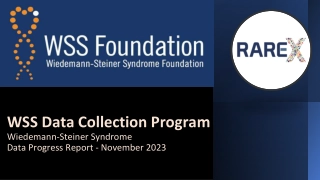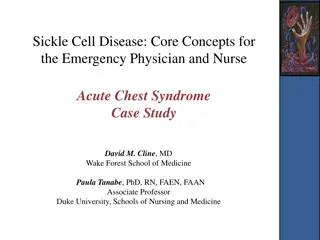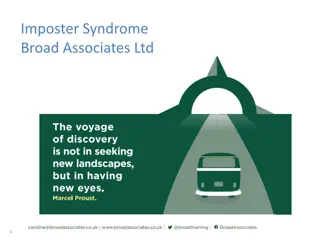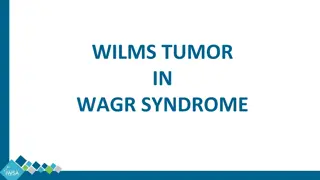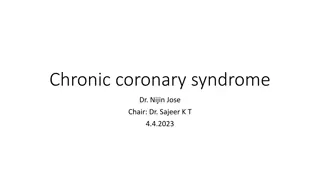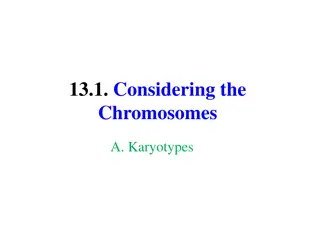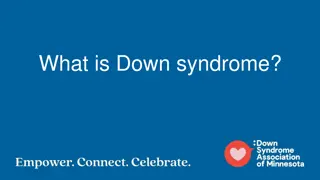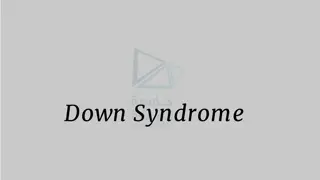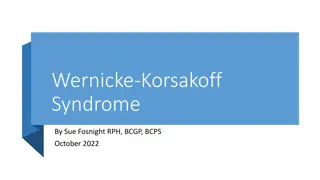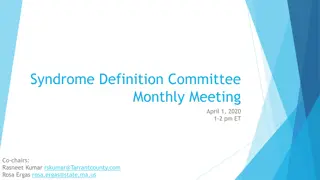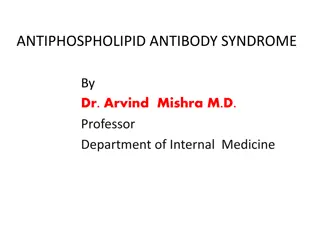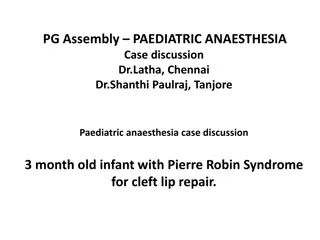LOMAR SYNDROME
LOMAR Syndrome is an extremely rare disorder caused by a compound heterozygous mutation in the HTT gene, leading to Rett-like neurological symptoms. This syndrome presents with limb spasticity, muscle hypotonia, dystonia, and other manifestations. Diagnosis can be challenging due to the genetic complexity involved. Understanding the genetic origin and clinical presentation of LOMAR Syndrome is crucial for early identification and management.
Download Presentation

Please find below an Image/Link to download the presentation.
The content on the website is provided AS IS for your information and personal use only. It may not be sold, licensed, or shared on other websites without obtaining consent from the author.If you encounter any issues during the download, it is possible that the publisher has removed the file from their server.
You are allowed to download the files provided on this website for personal or commercial use, subject to the condition that they are used lawfully. All files are the property of their respective owners.
The content on the website is provided AS IS for your information and personal use only. It may not be sold, licensed, or shared on other websites without obtaining consent from the author.
E N D
Presentation Transcript
LOMAR SYNDROME A NOVEL NEURODEGENERATIVE DISEASE
Introduction LOMARS = LoMaR Syndrome Fatima Lopes, Patricia Maciel (et al.) Affiliation: Life and Health Sciences Research Institute (ICVS), School of Health Sciences, University of Minho, Portugal; ICVS/3B s PT Government Associate Laboratory, Portugal https://jmg.bmj.com/content/jmedgenet/53/3/190.full.pdf?with-ds=yes Lance Rodan (et al.) Affiliation: Division of Genetics and Genomics, Boston Children s Hospital, Boston, USA https://www.nature.com/articles/ejhg201674
LOMARS is is an extremely rare disorder, with only a few cases reported worldwide, caused by a compound heterozygous mutation in the HTT gene. .
LOMARS & HTT gene The HTT gene location: short arm of chromosome 4; encoded protein: huntingtin; expression: highest in NS tissues; Abnormal function Huntington s disease (a neurodegenerative disorder; motor, mental, cognitive symptoms; on-set in adolescence; no disease-specific treatments). Overall: little known about the huntingtin function in humans.
LOMARS & HTT gene Genetic origin: two putative compound heterozygous LoF mutations in the HTT gene [* single-allele LoF mutation in 2 heterozygous family members => no clinical signs of disease] a rare (a few families reported so far) congenital disease with Rett-like neurological symptoms: limb spasticity, muscle hypotonia, stereotyped arm movements, dystonia, ataxia, epilepsy, myopia, bruxism, etc. GENETIC DIAGNOSIS OFTEN OBSCURED !!!!
CASE: proband 7y 11m girl; 132 cm; 35 kg. Primary complaints: lack of speech, mental retardation, impaired gait & movement coordination; Examination: stereotypy, bruxism, dysmorphic facial features, ocular hypotelorism, intermittent divergent strabismus, permanently open mouth. Rhythmic heart tones; no hepatosplenomegaly at palpation; external genitalia of female type. Gait alterations: notable ataxia, a knee-bent walking, lower limb valgus; right-side hemiparetic muscle weakness. Cognition: reduced; performed simple commands and requests, speech limited to separate syllables w/o swallowing impairments; spontaneous use of gestures to communicate desires.
MATERIALS & METHODS Study approved by the Academic Review Board of the D.O. Ott Research Institute of Obstetrics Gynecology and Reproductology (St. Petersburg, Russia). All the patients signed written informed consent. Study complies with the Declaration of Helsinki. Blood samples from all family members were collected.
MATERIALS & METHODS WES & Sanger confirmed compound heterozygous variants in the proband: c.8440C>A (maternal) in exon 61 and c.2350C>T (paternal) in exon 17 of the HTT gene, though clinical significance unknown. Earlier investigations refer to two heterozygous missense mutations: Lopes F. et al. c.2108C>T and c.3779C>T in exons 16 and 29; Rodan L. et al. c.4463+1G>A in intron 34 and c.8156T>A in exon 60.
SUMMARY: LOMARS is caused by search for putative LoF mutations in the HTT gene sequence. LOMARS probability shall be considered in children with Rett-like neurological symptoms. Molecular genetic testing, elaborate diagnostic assessment and adequate interpretation are a collateral for rapid accurate diagnosis of inherited neuropsychiatric diseases. Awareness-raising among physicians is required regarding this rare condition to facilitate diagnosis and molecular genetic confirmation.
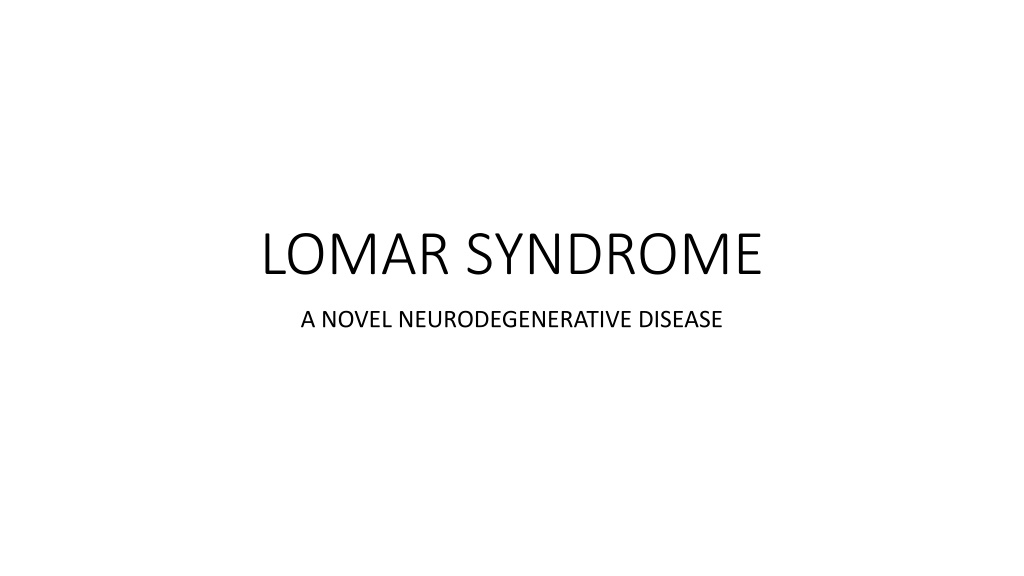

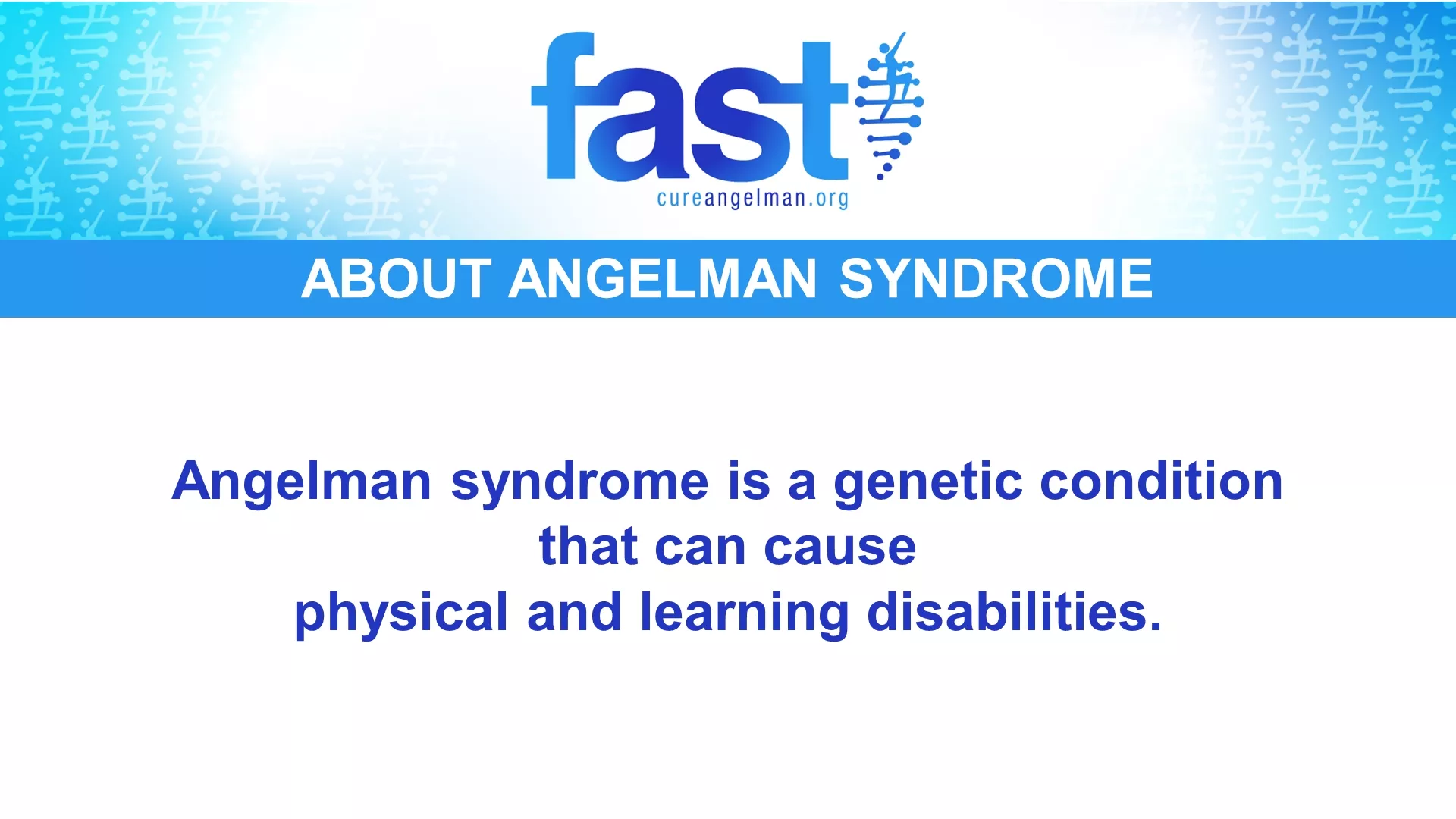
![❤[PDF]⚡ Zee Zee Does It Anyway!: A Story about down Syndrome and Determination](/thumb/20462/pdf-zee-zee-does-it-anyway-a-story-about-down-syndrome-and-determination.jpg)
